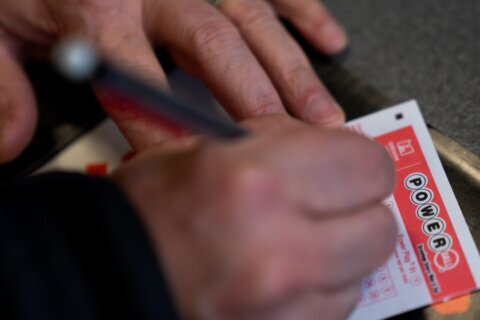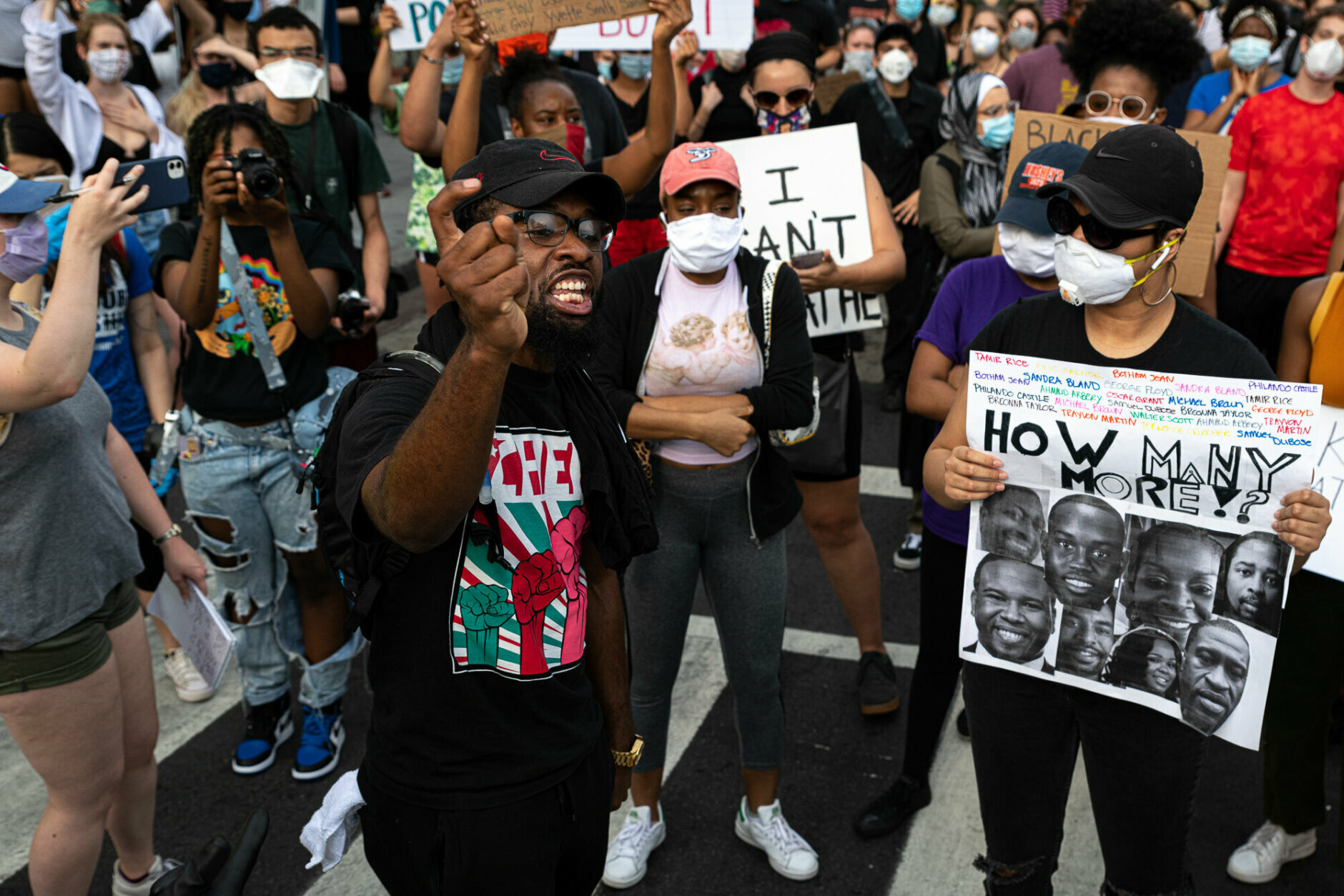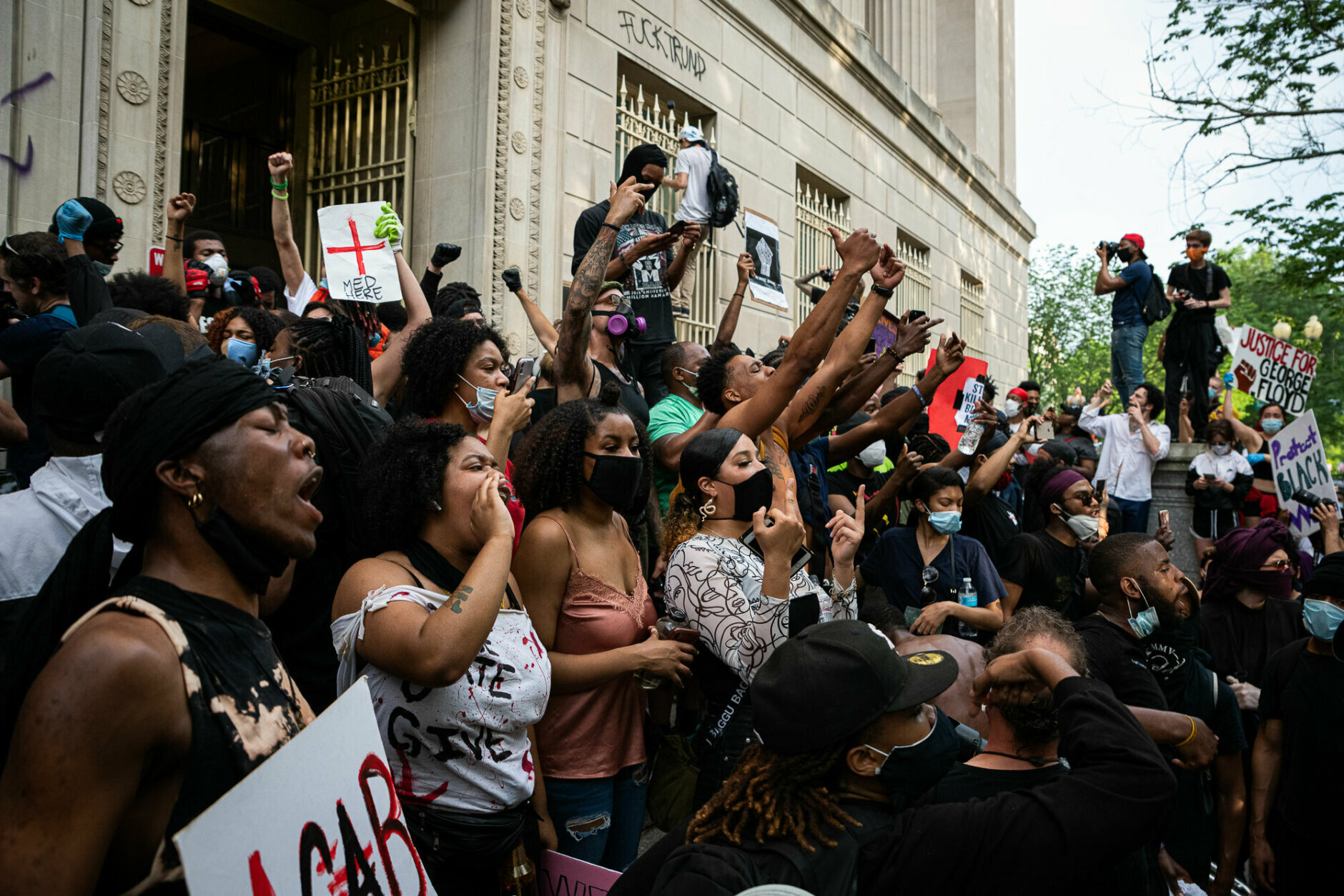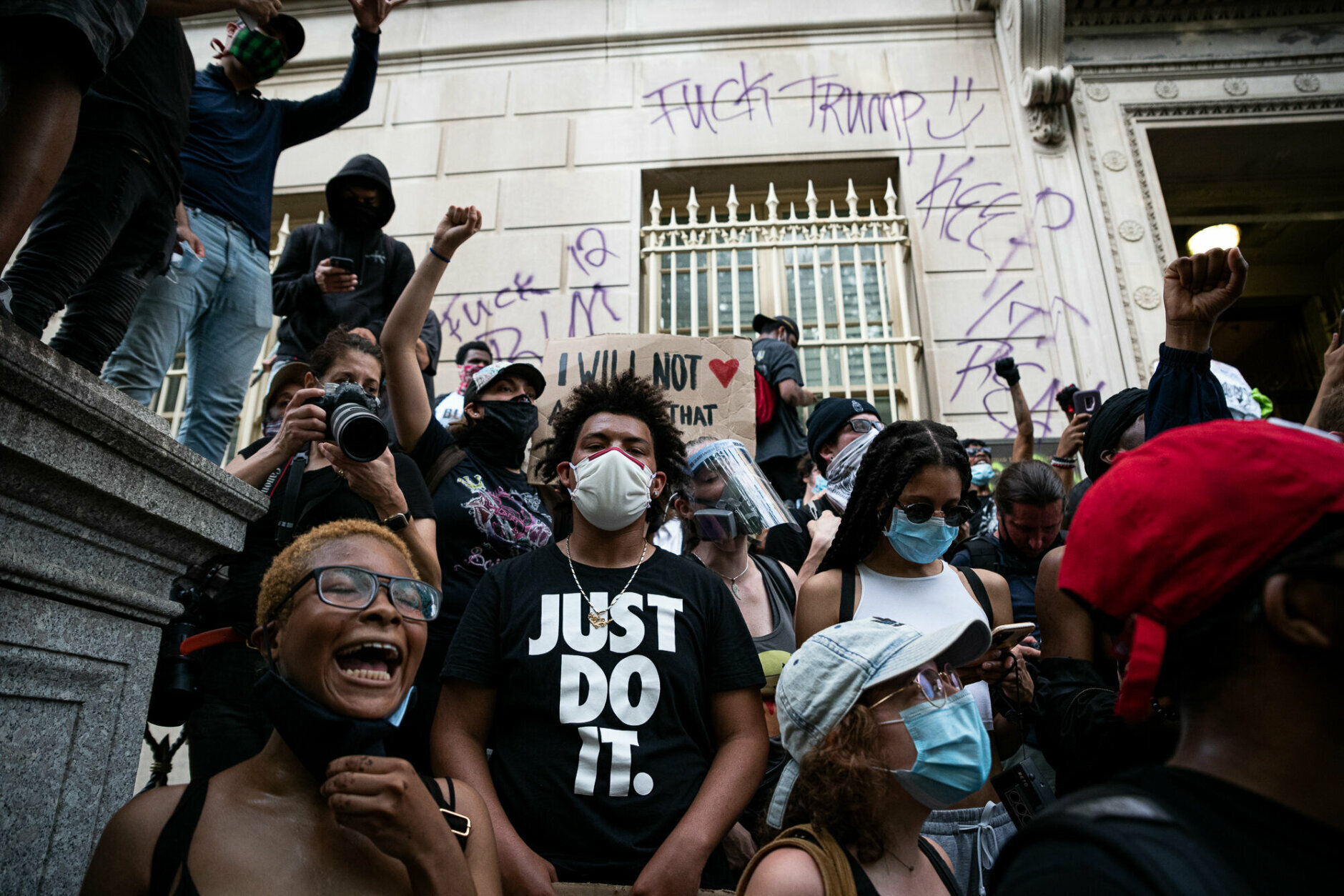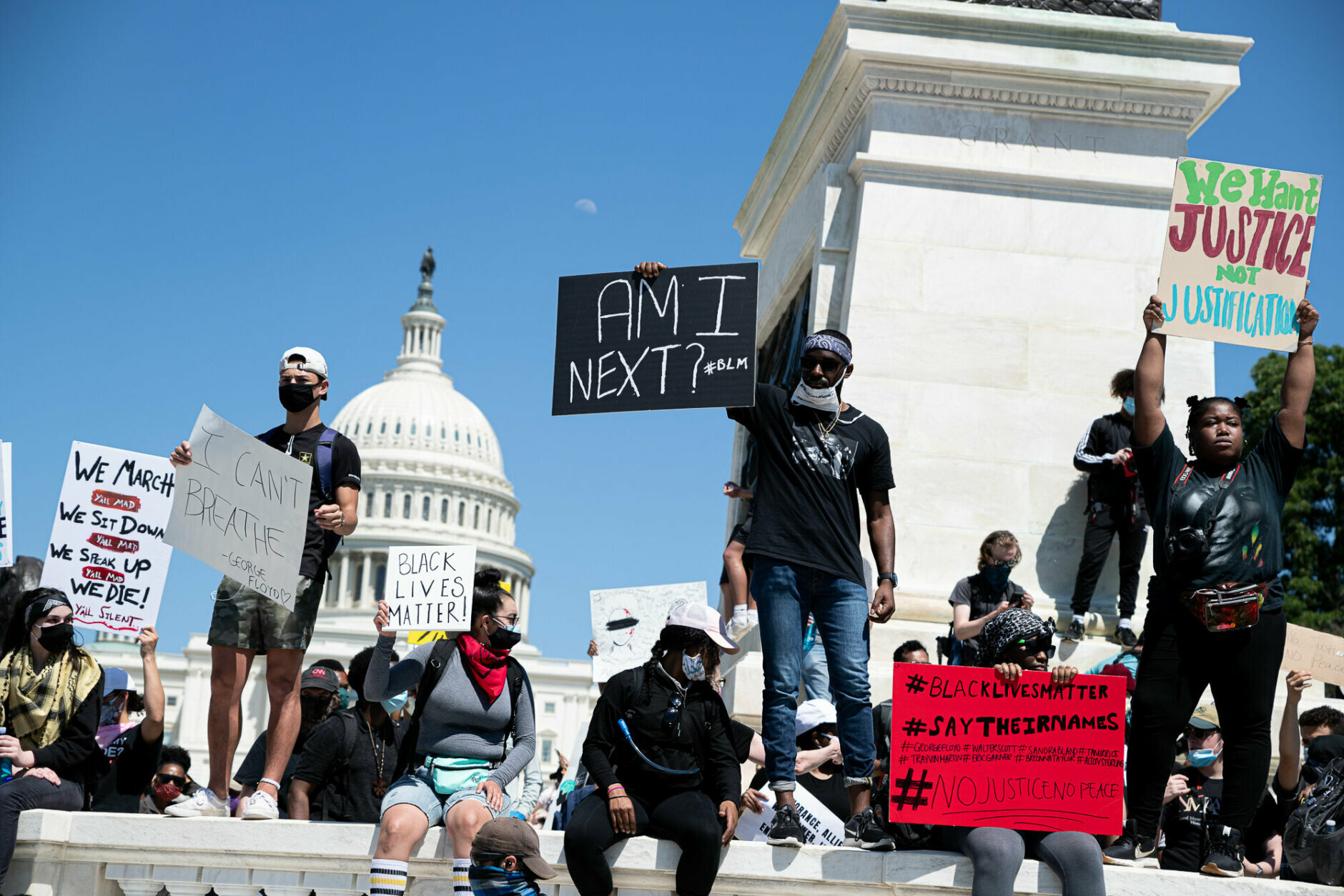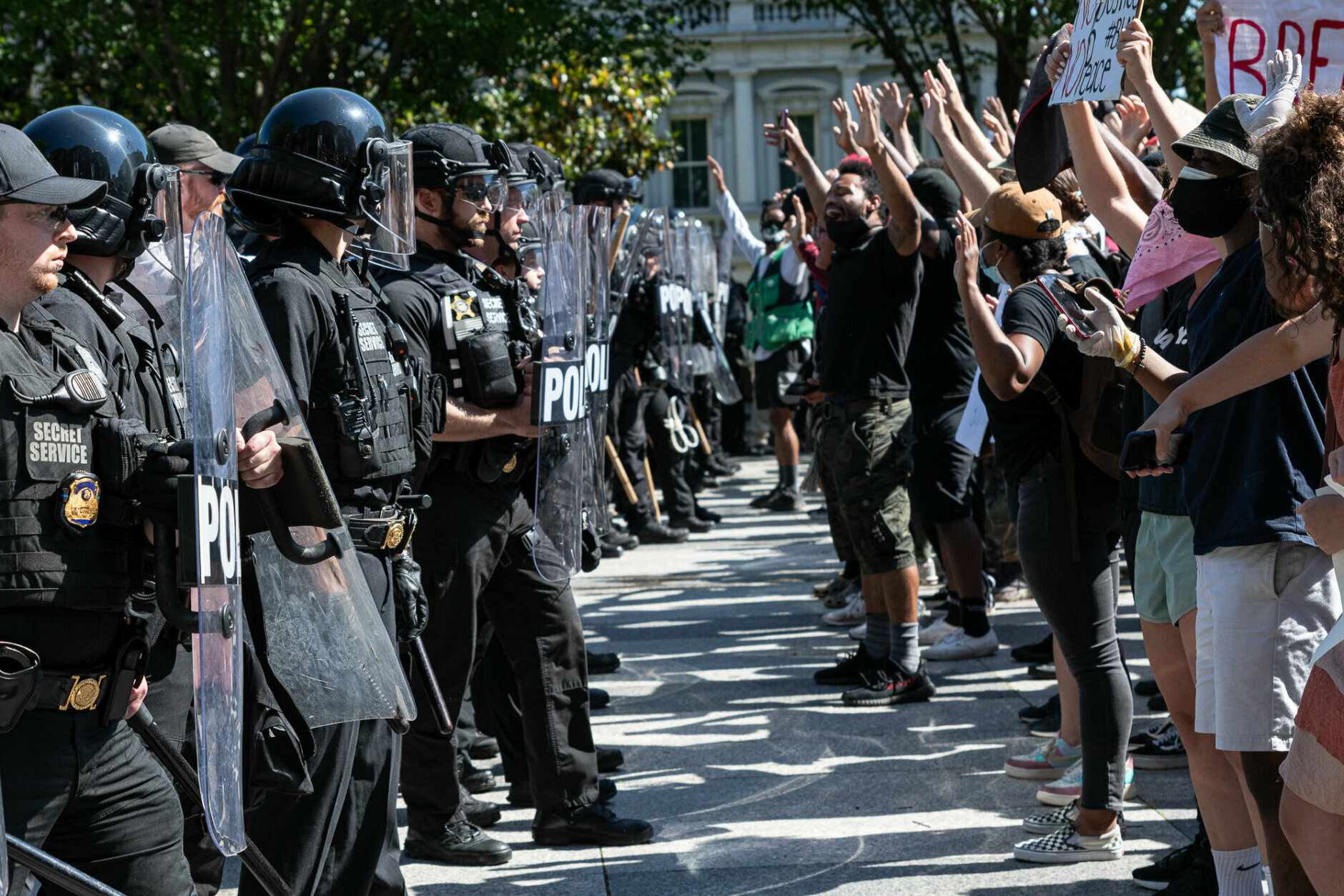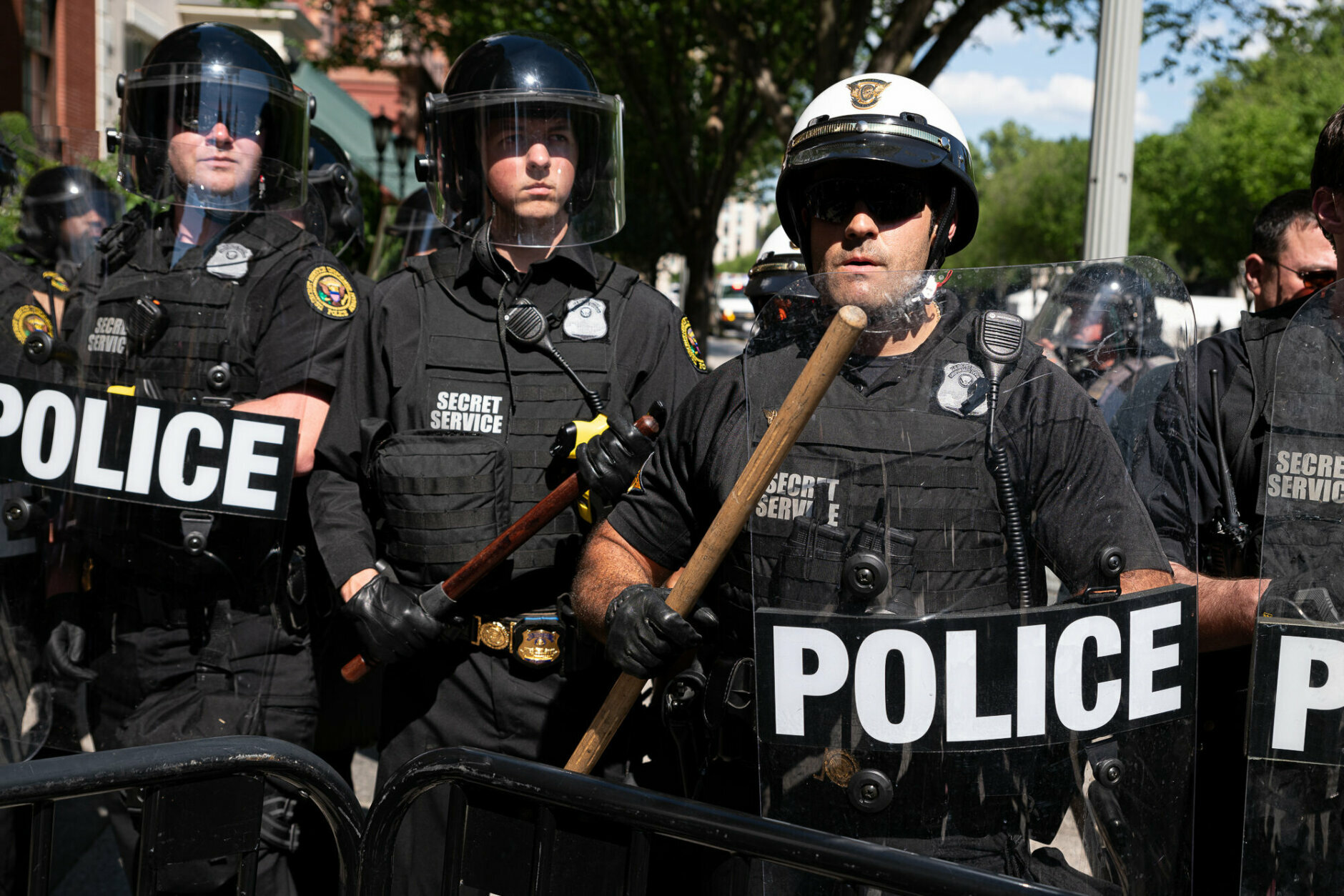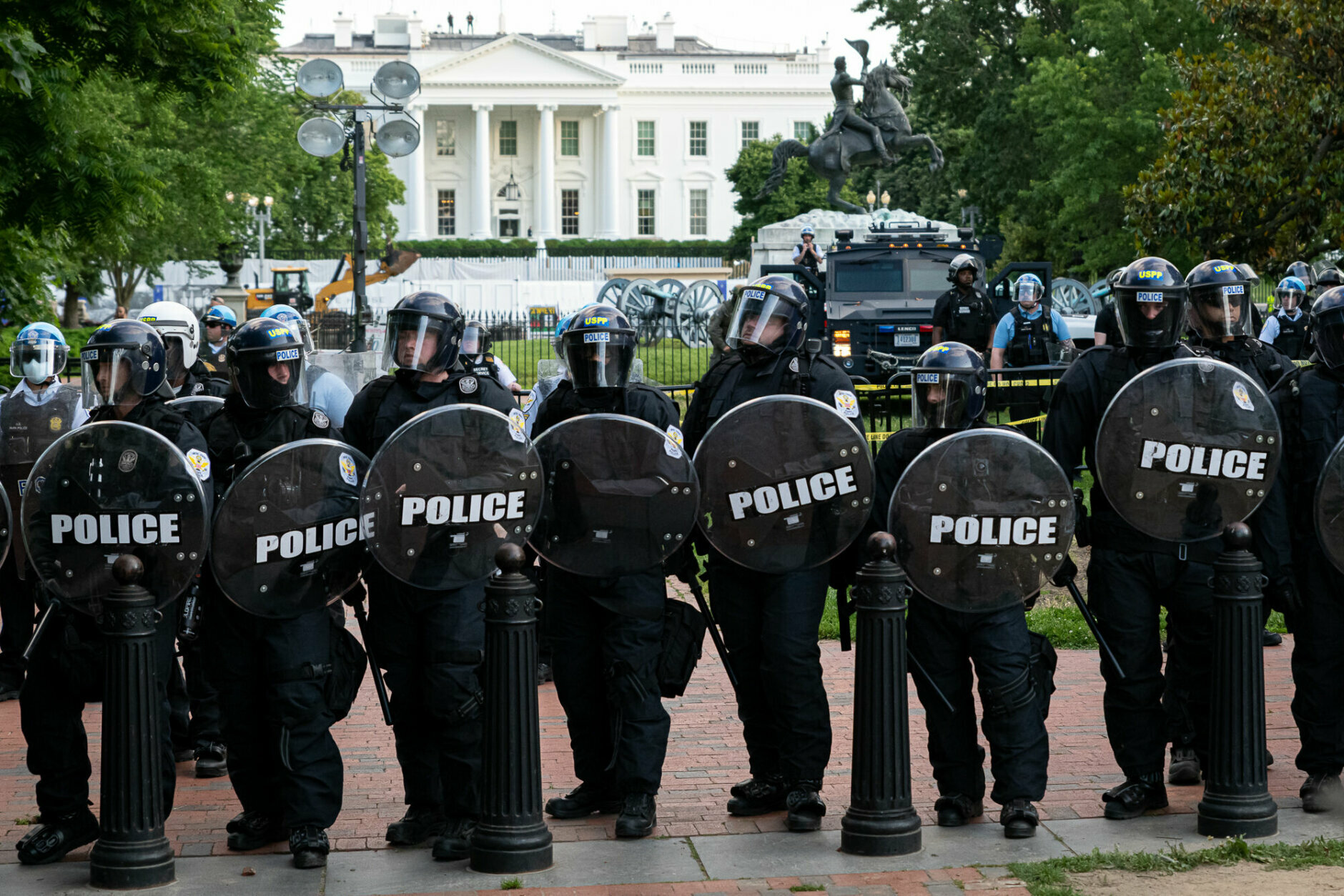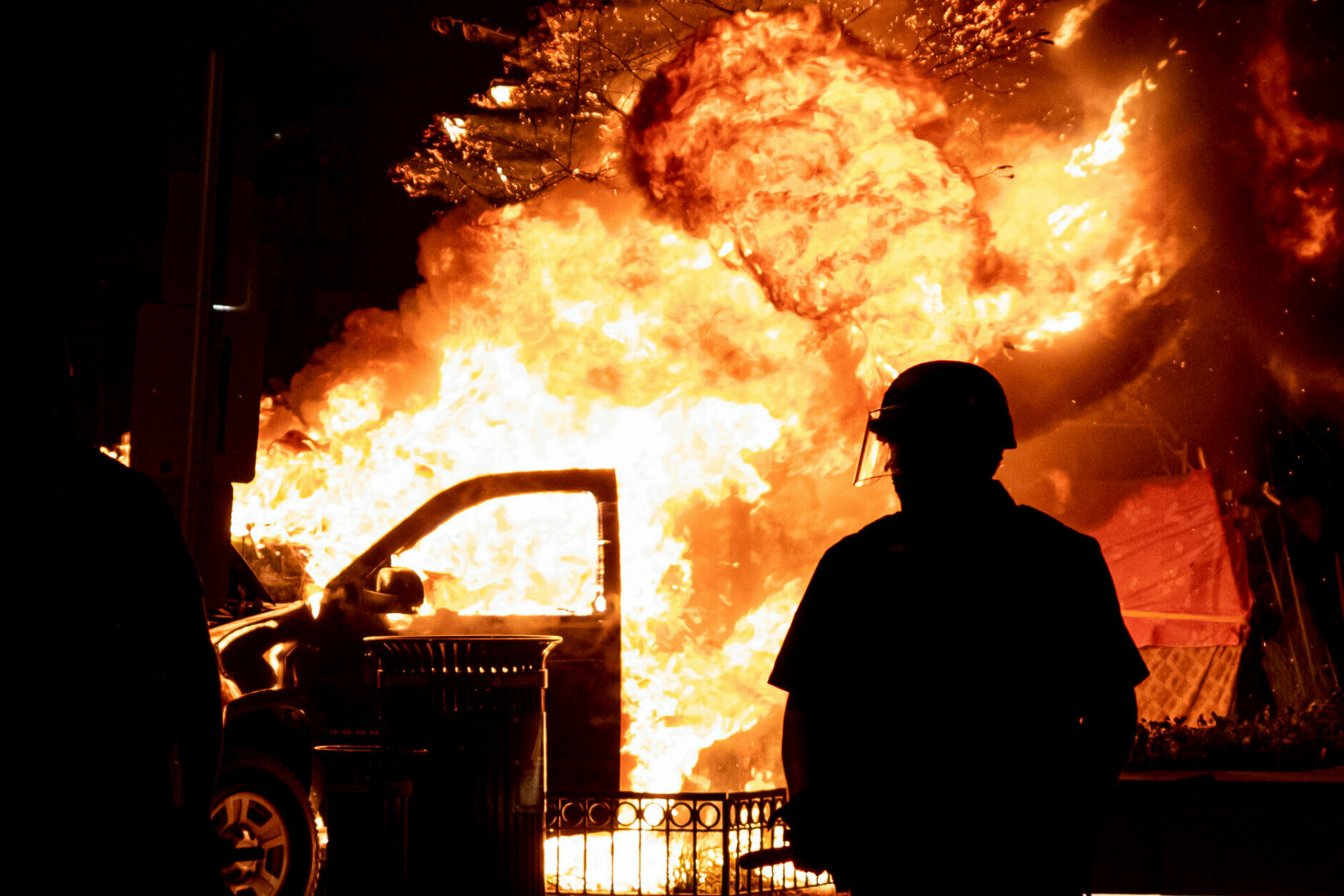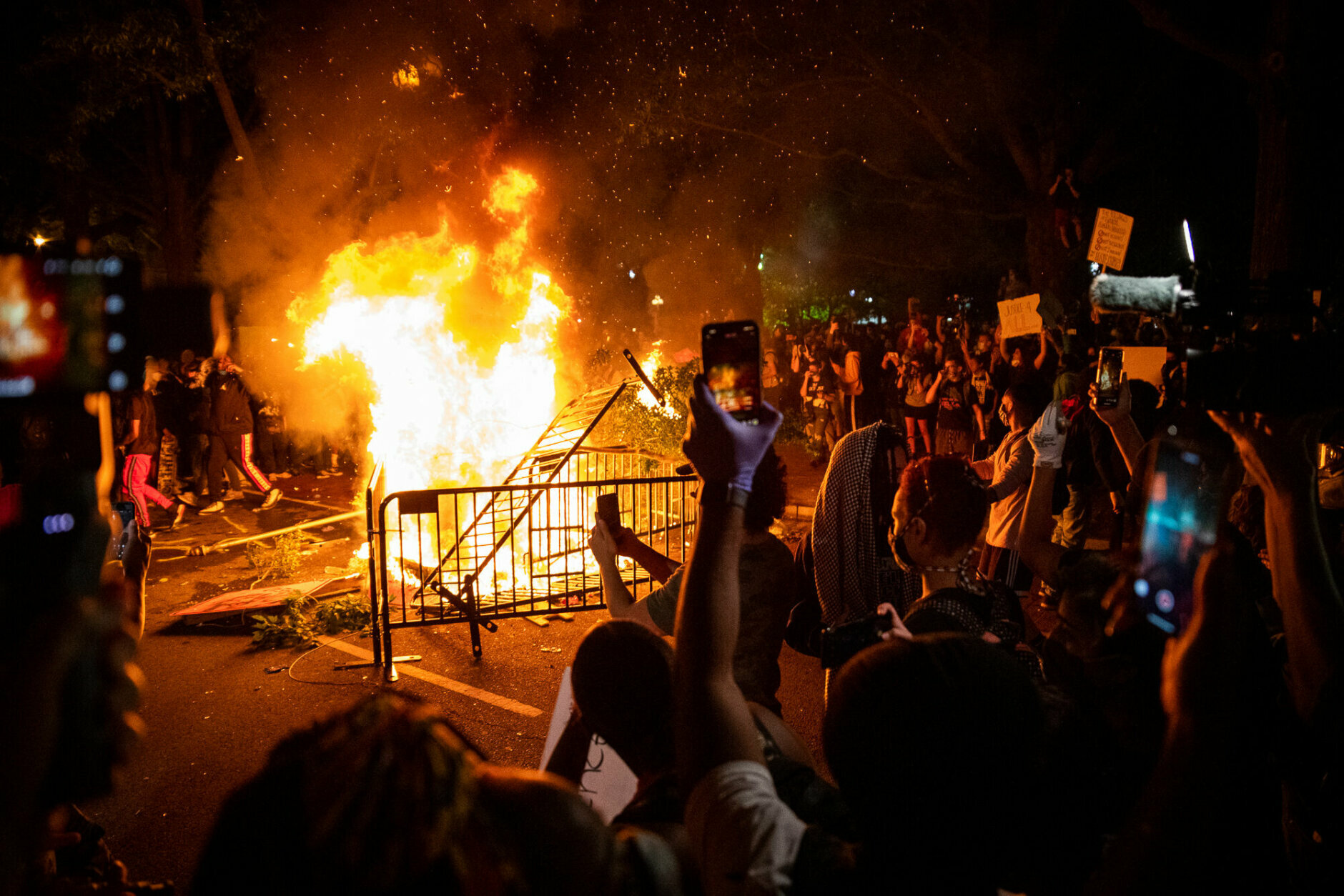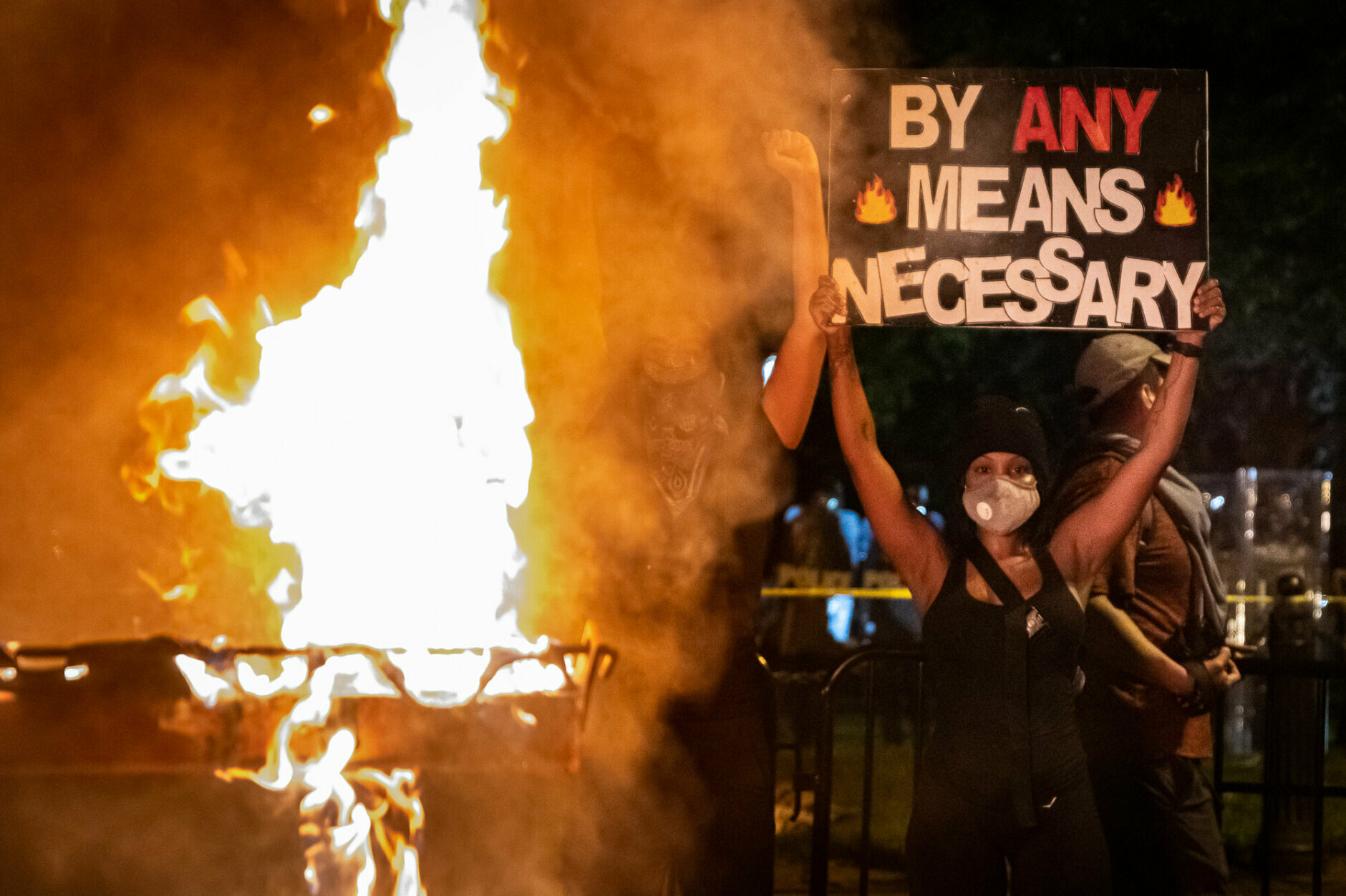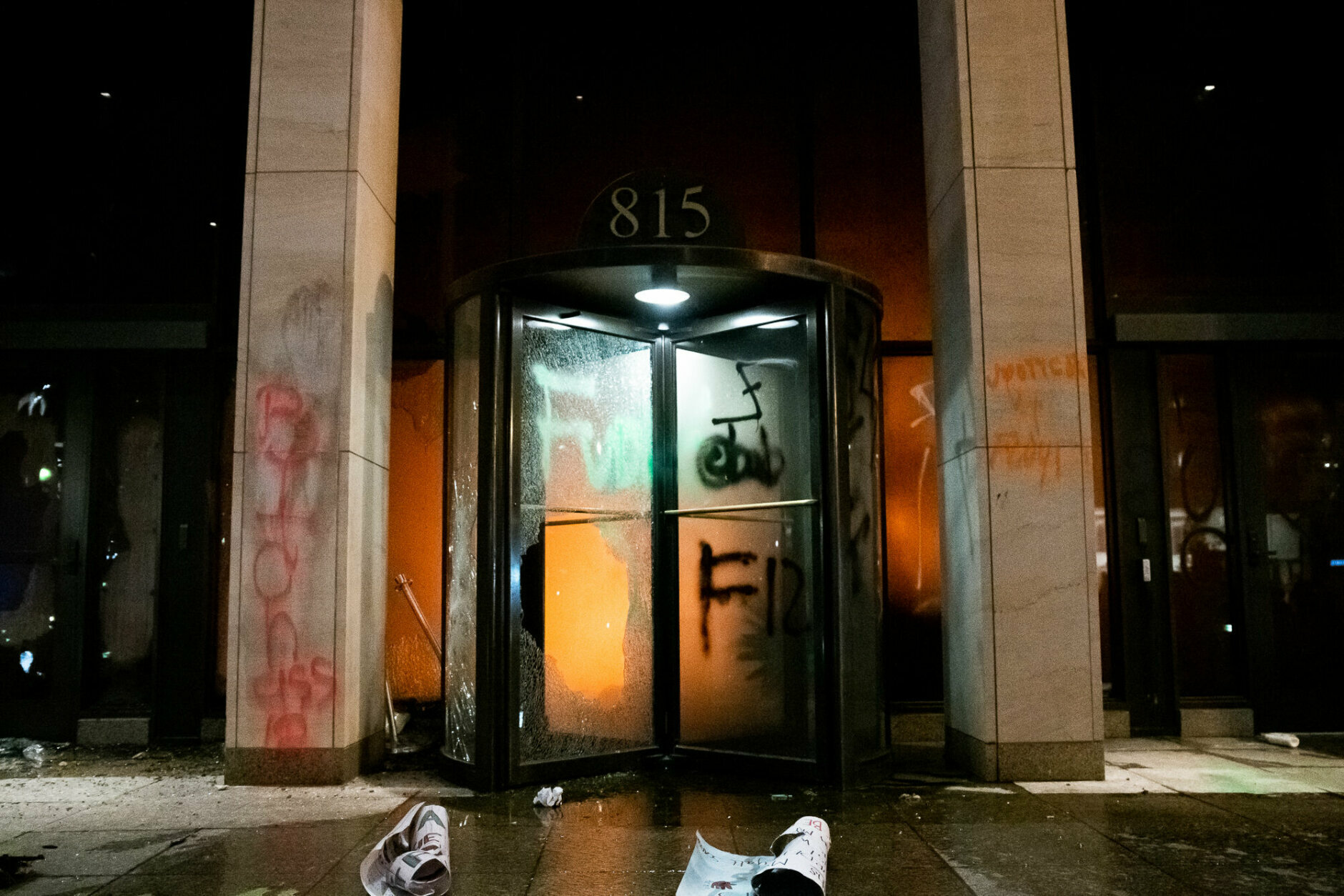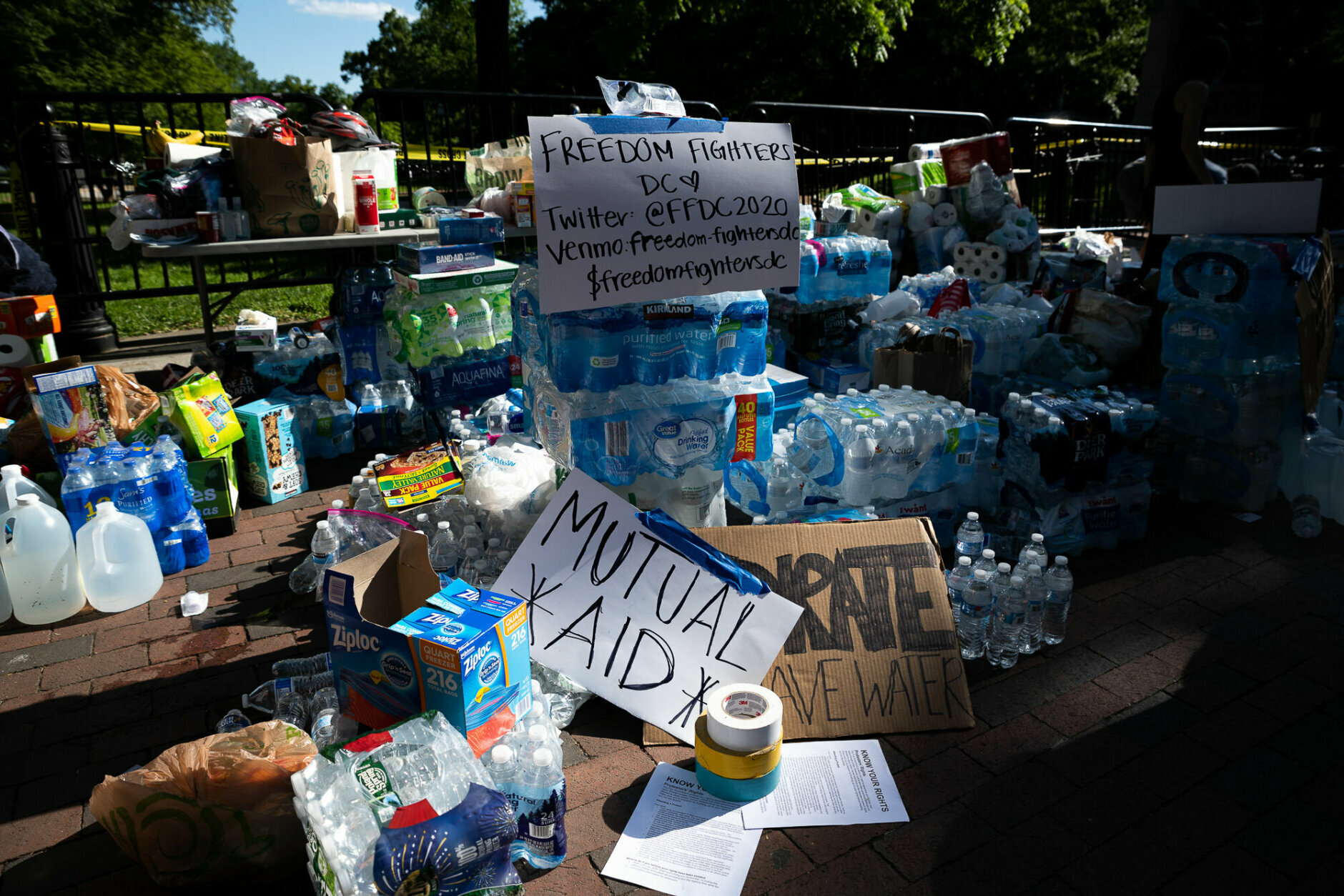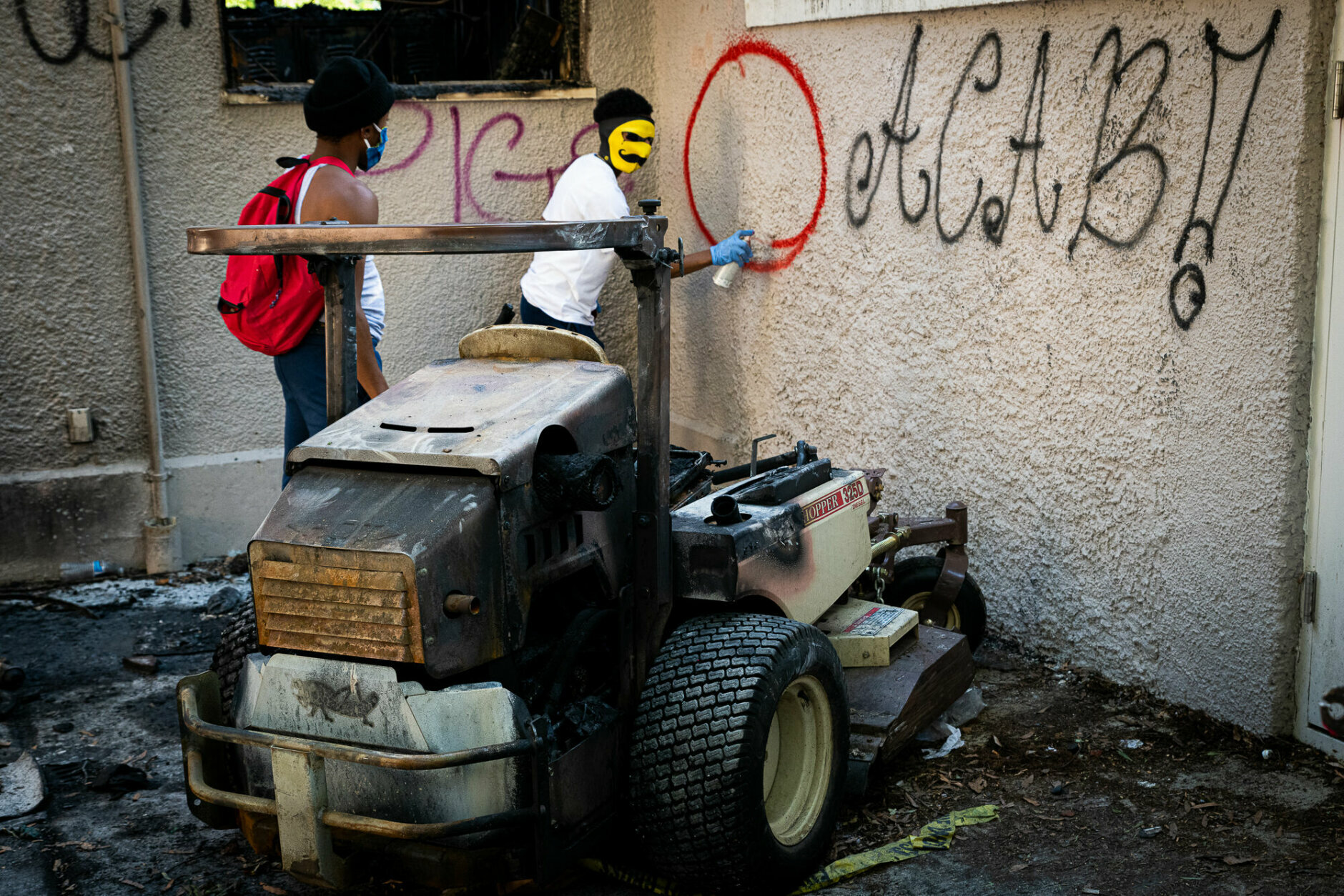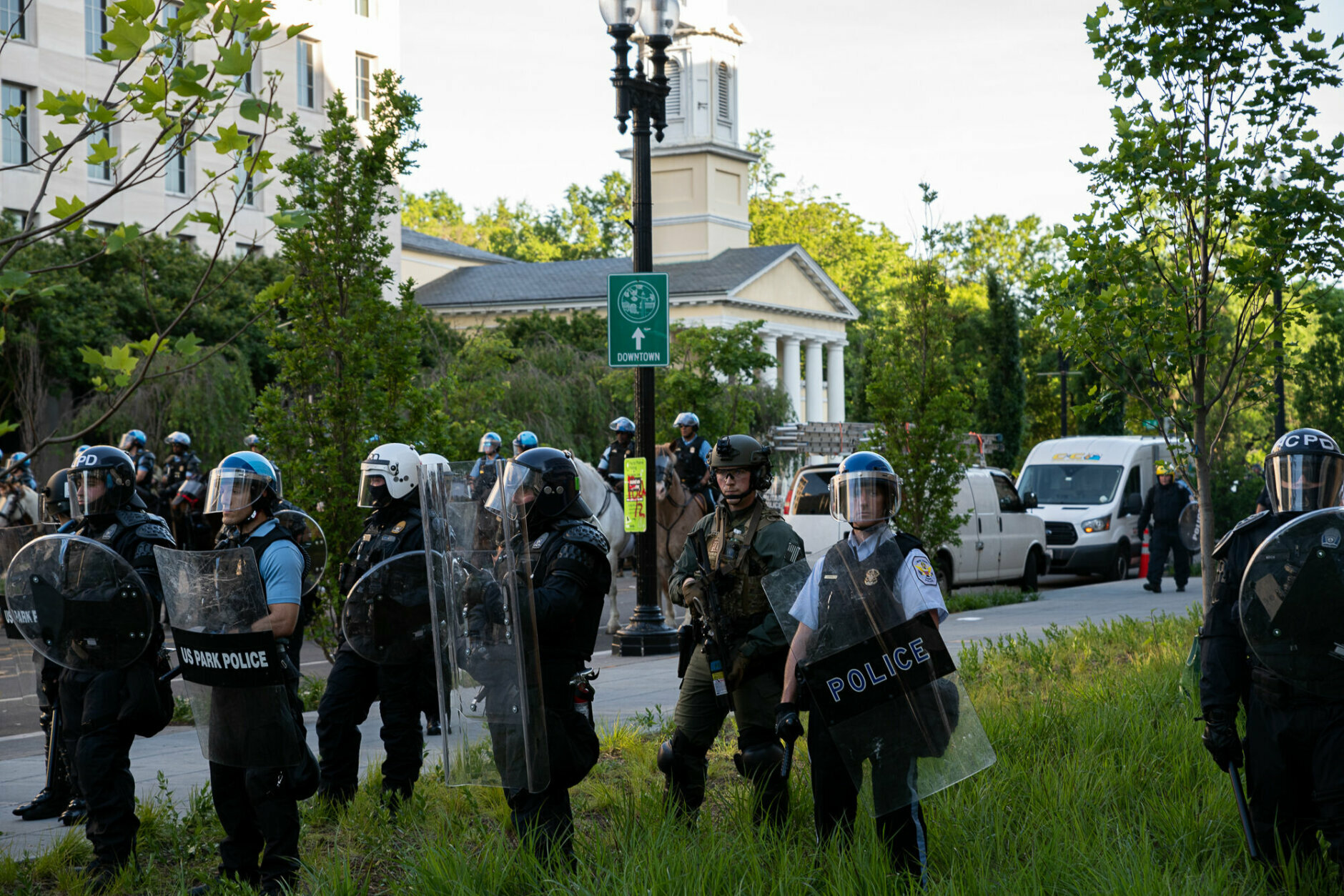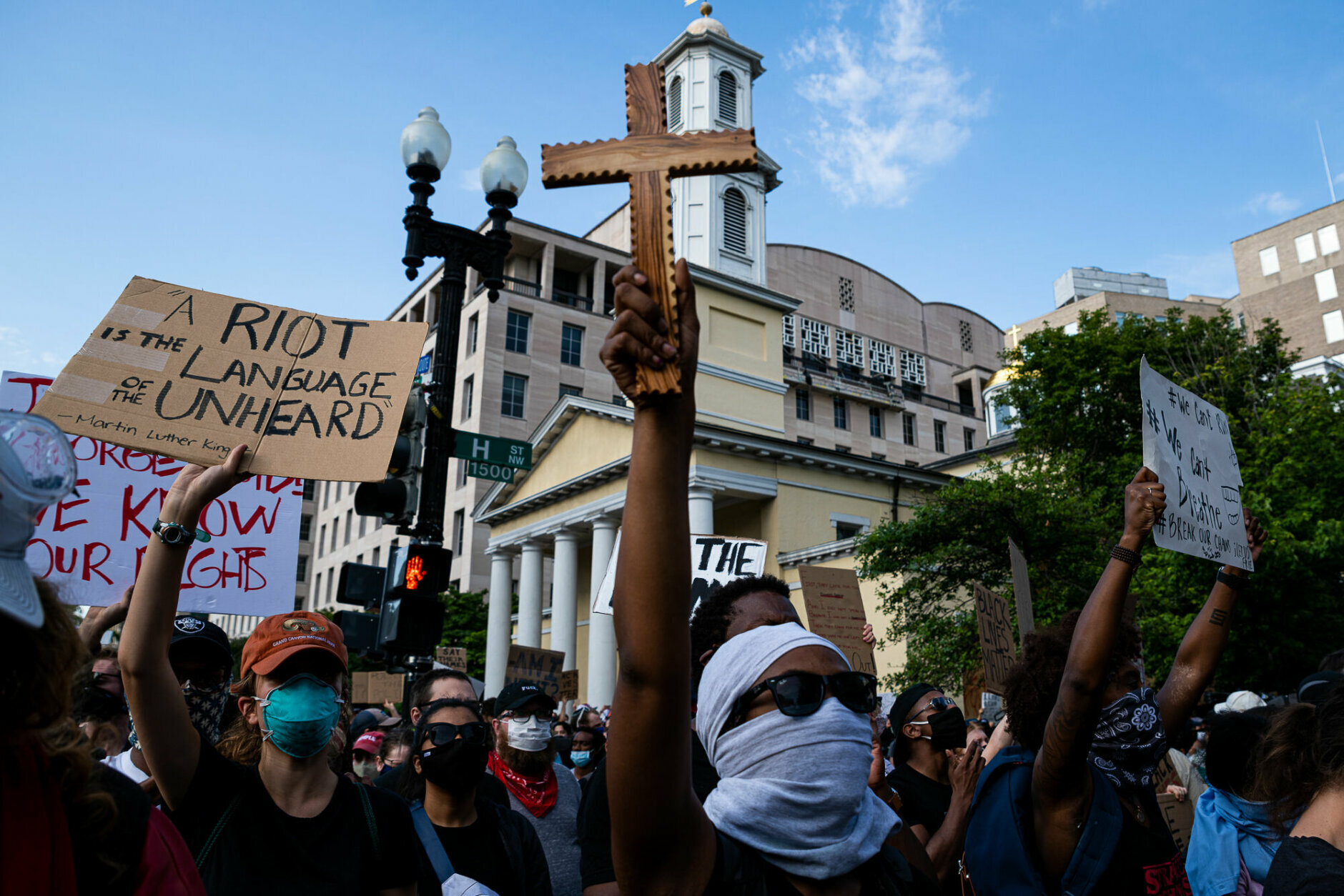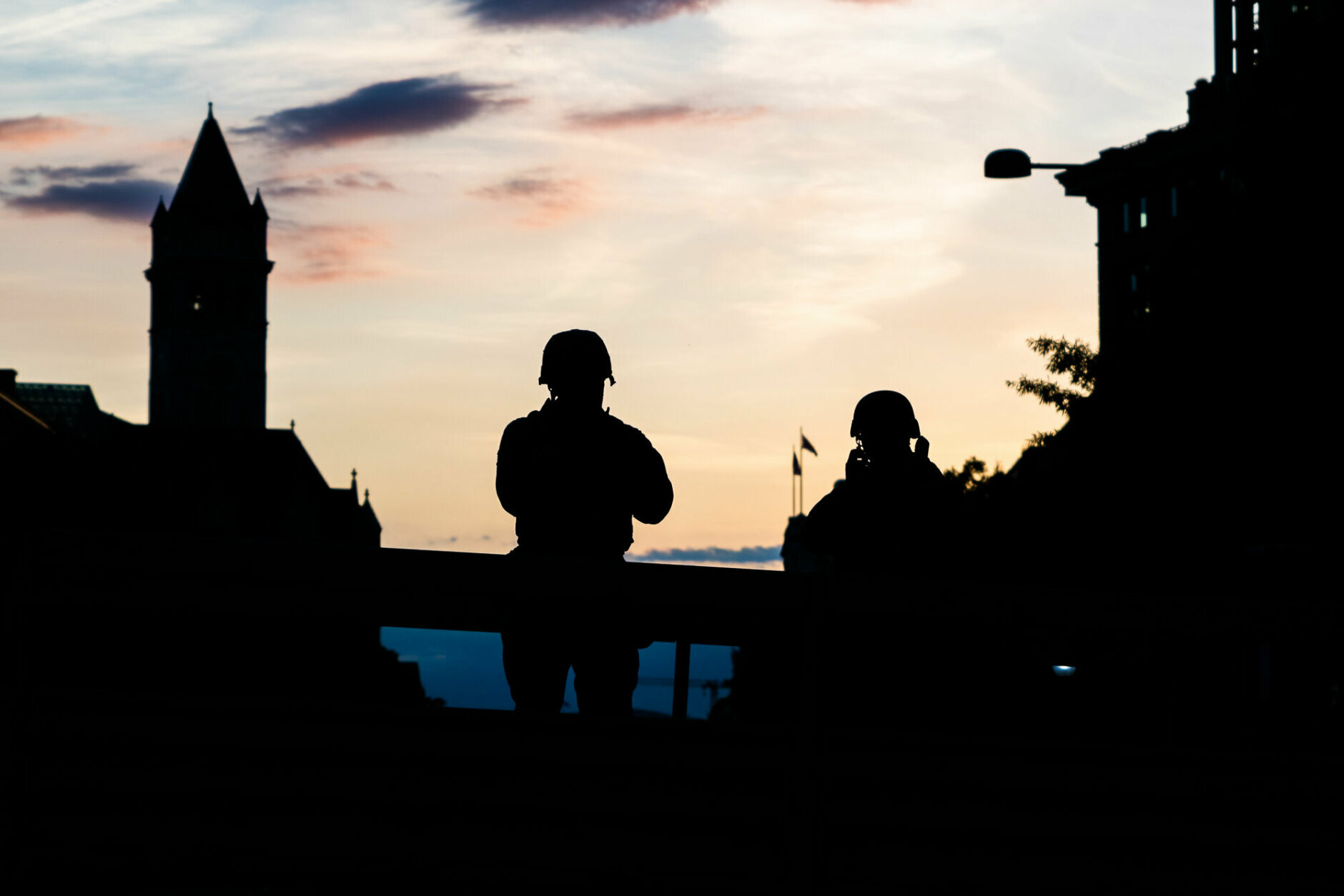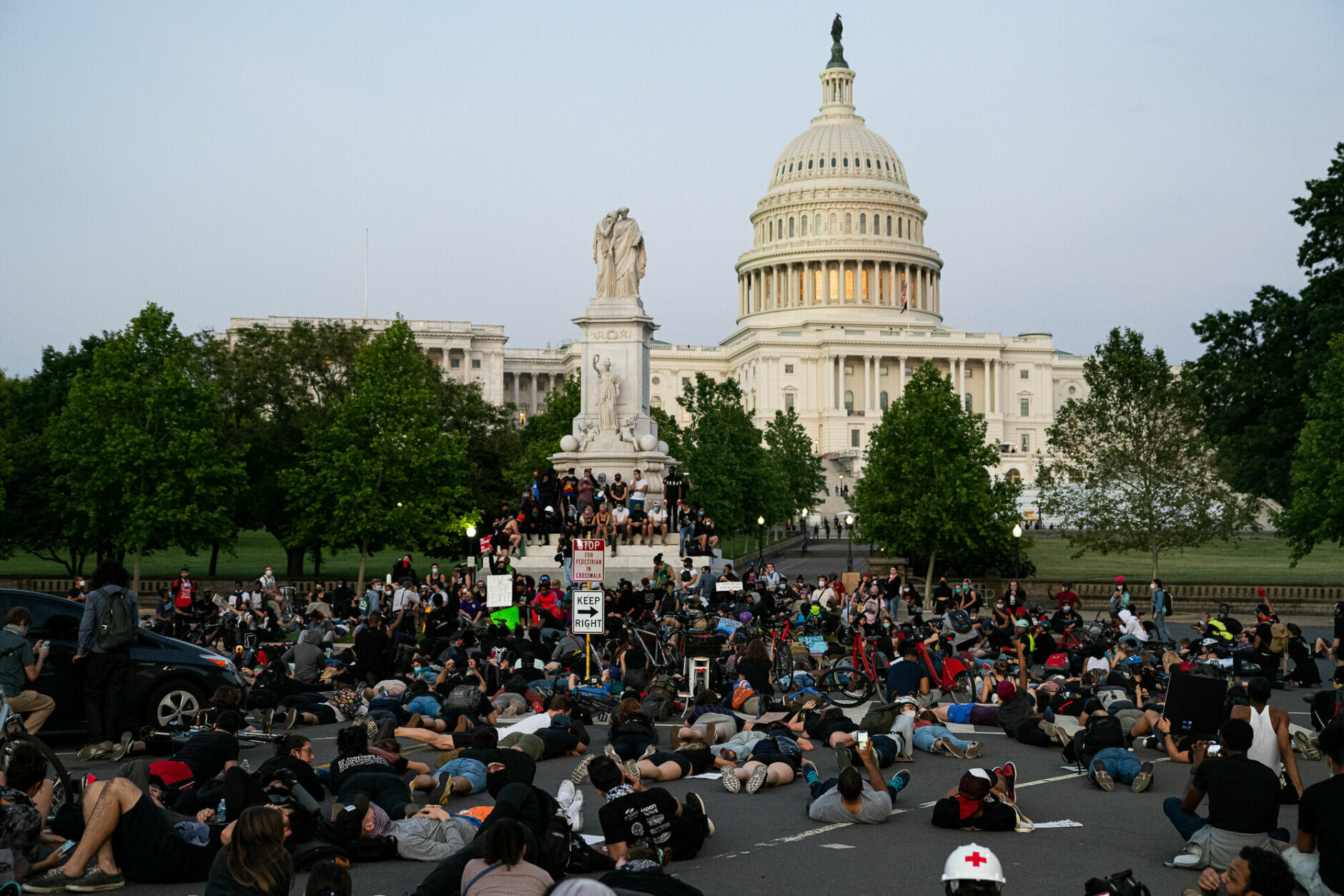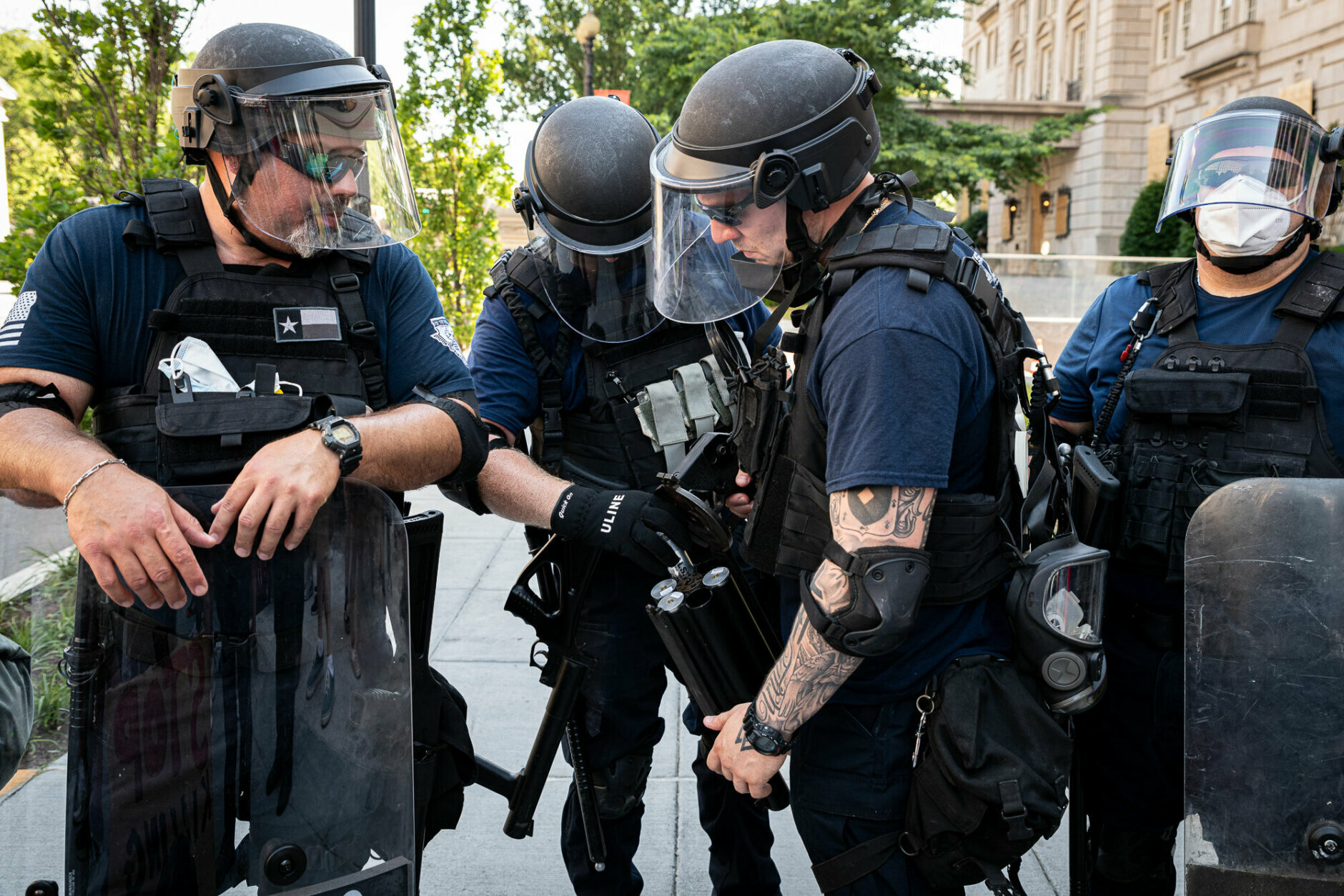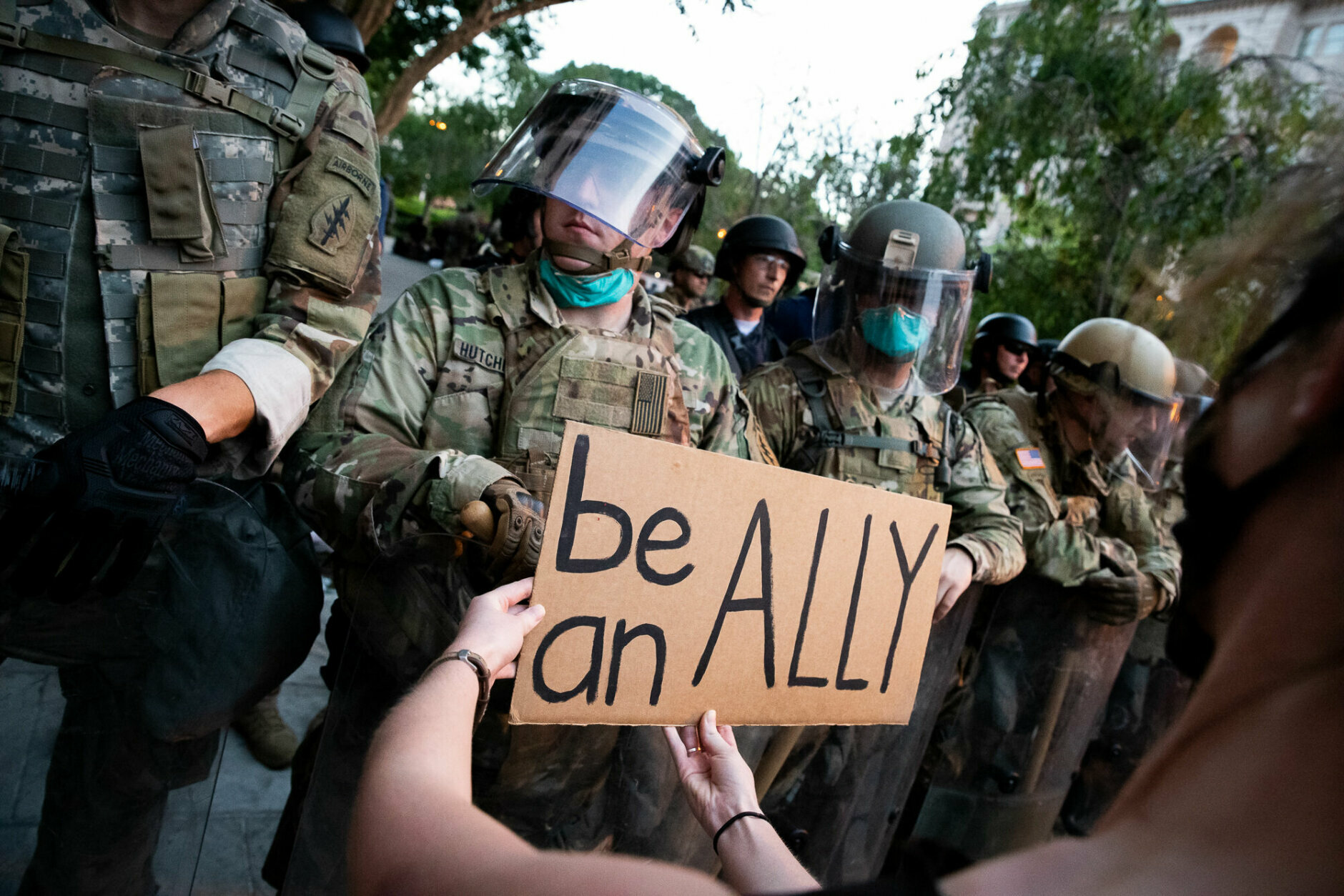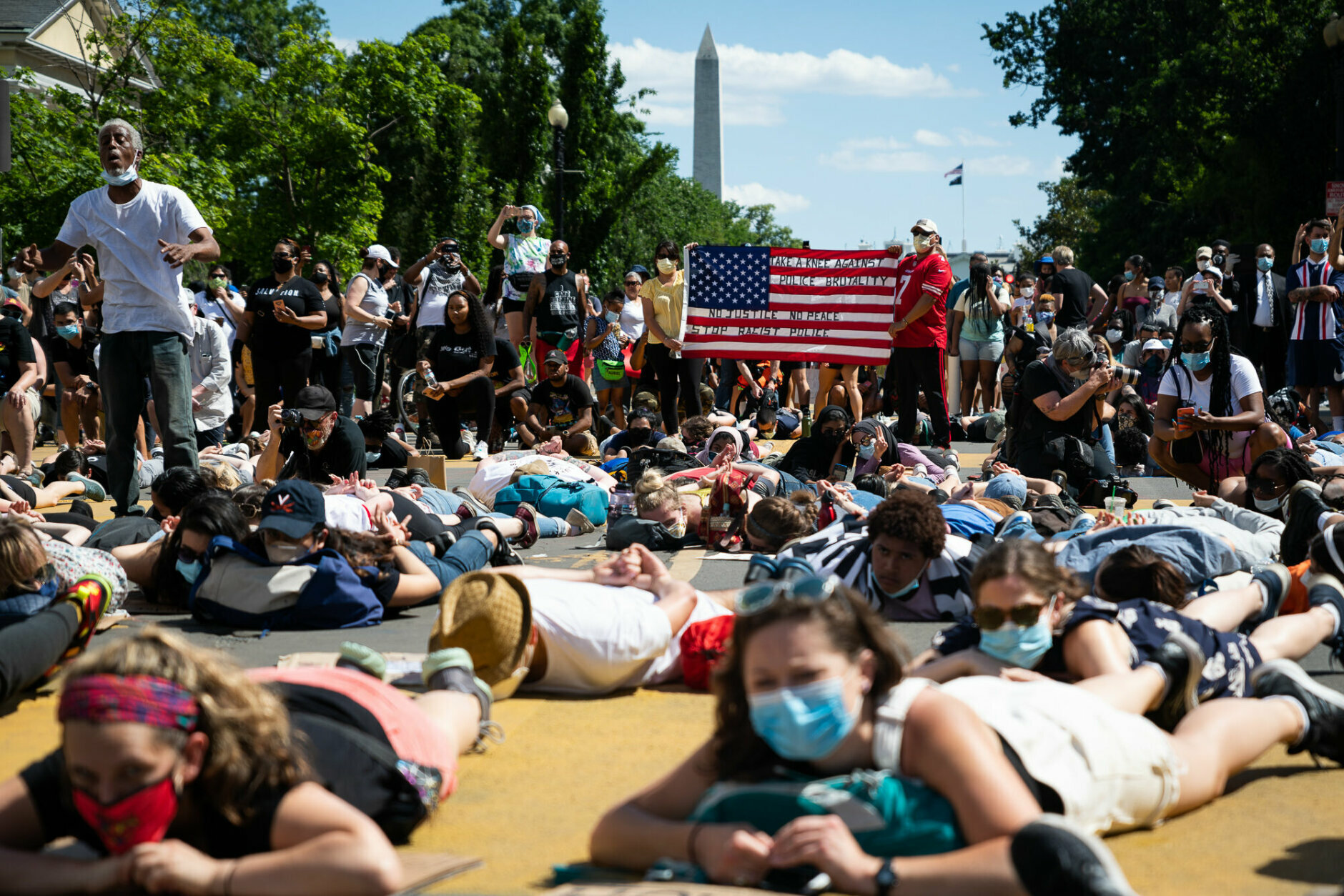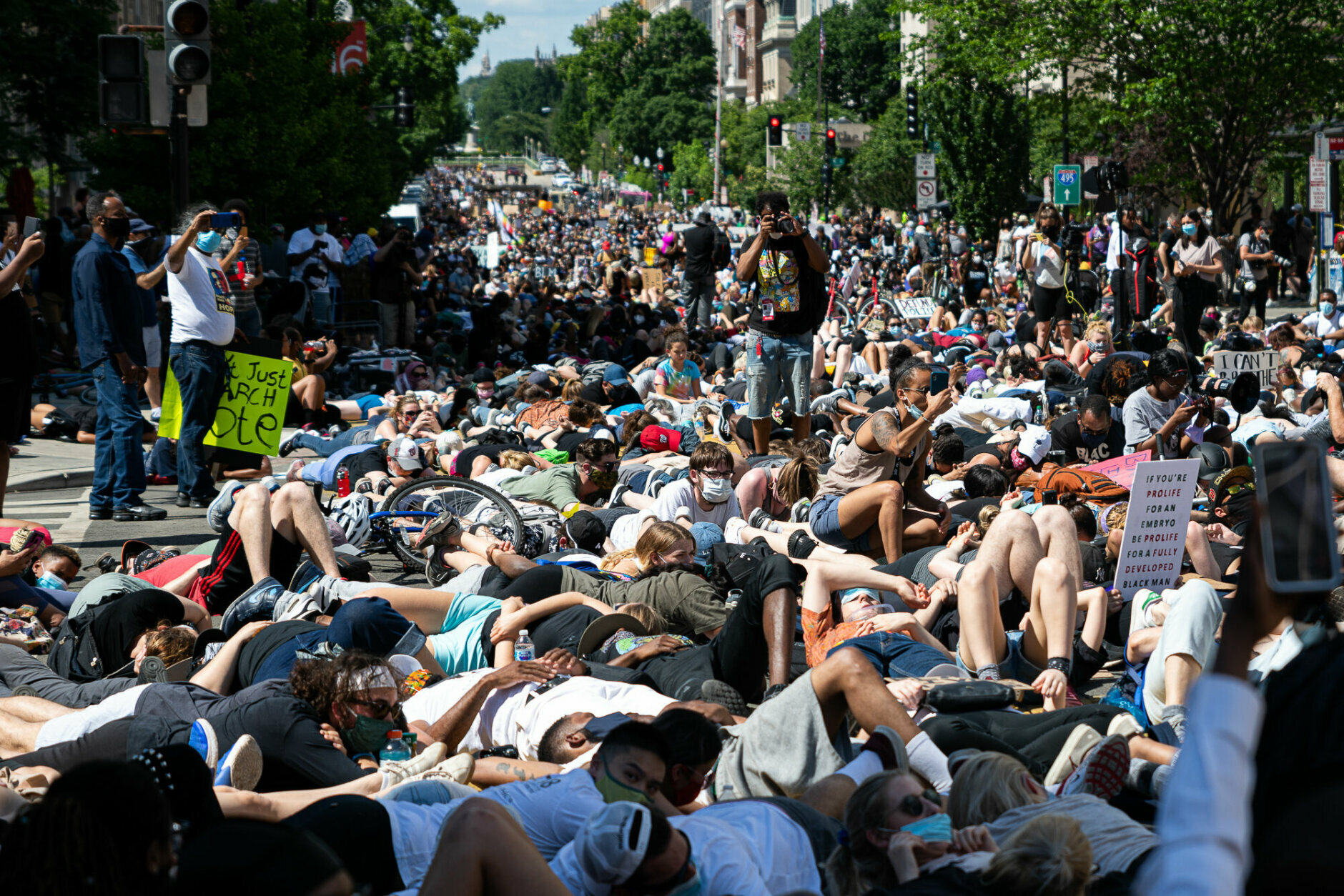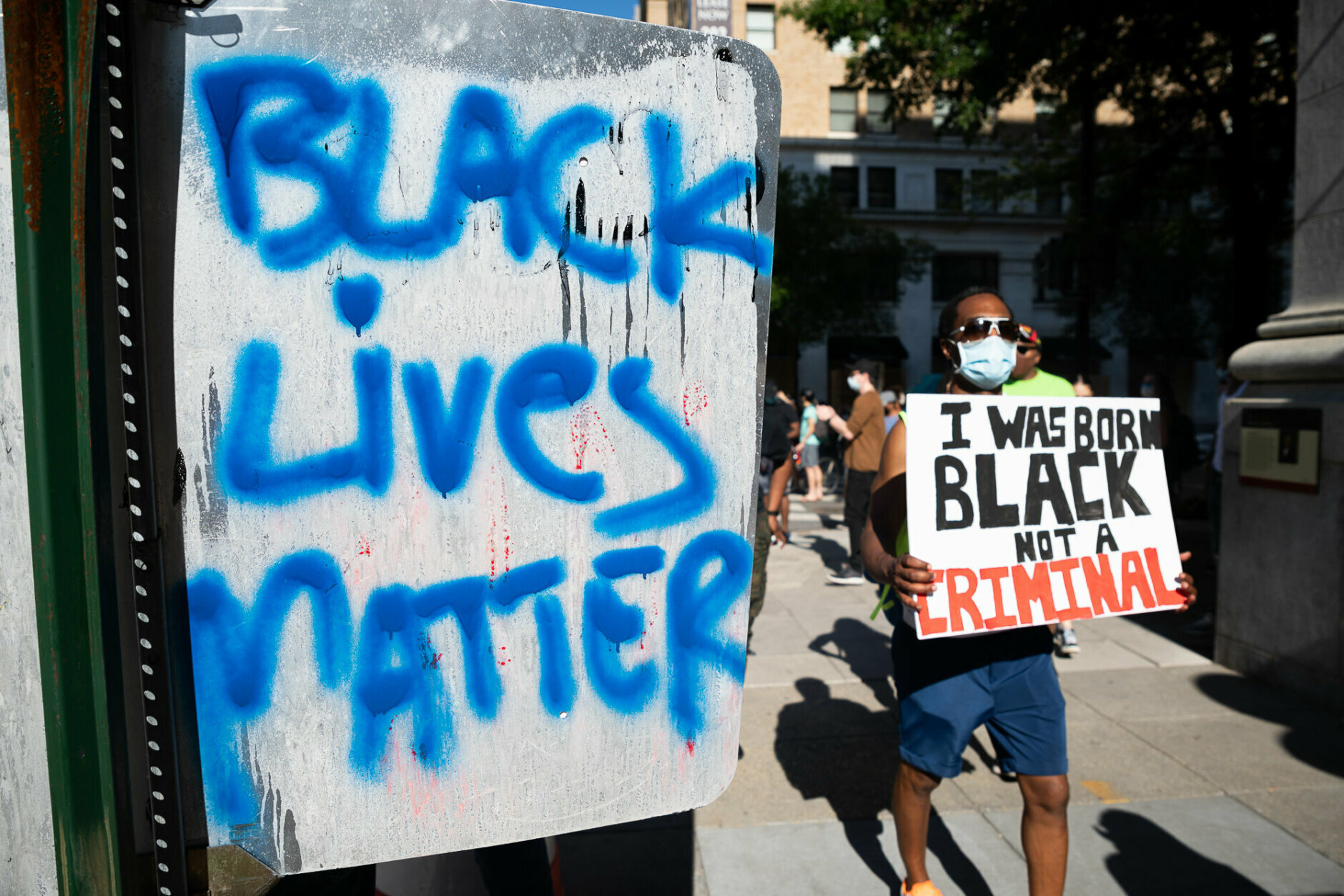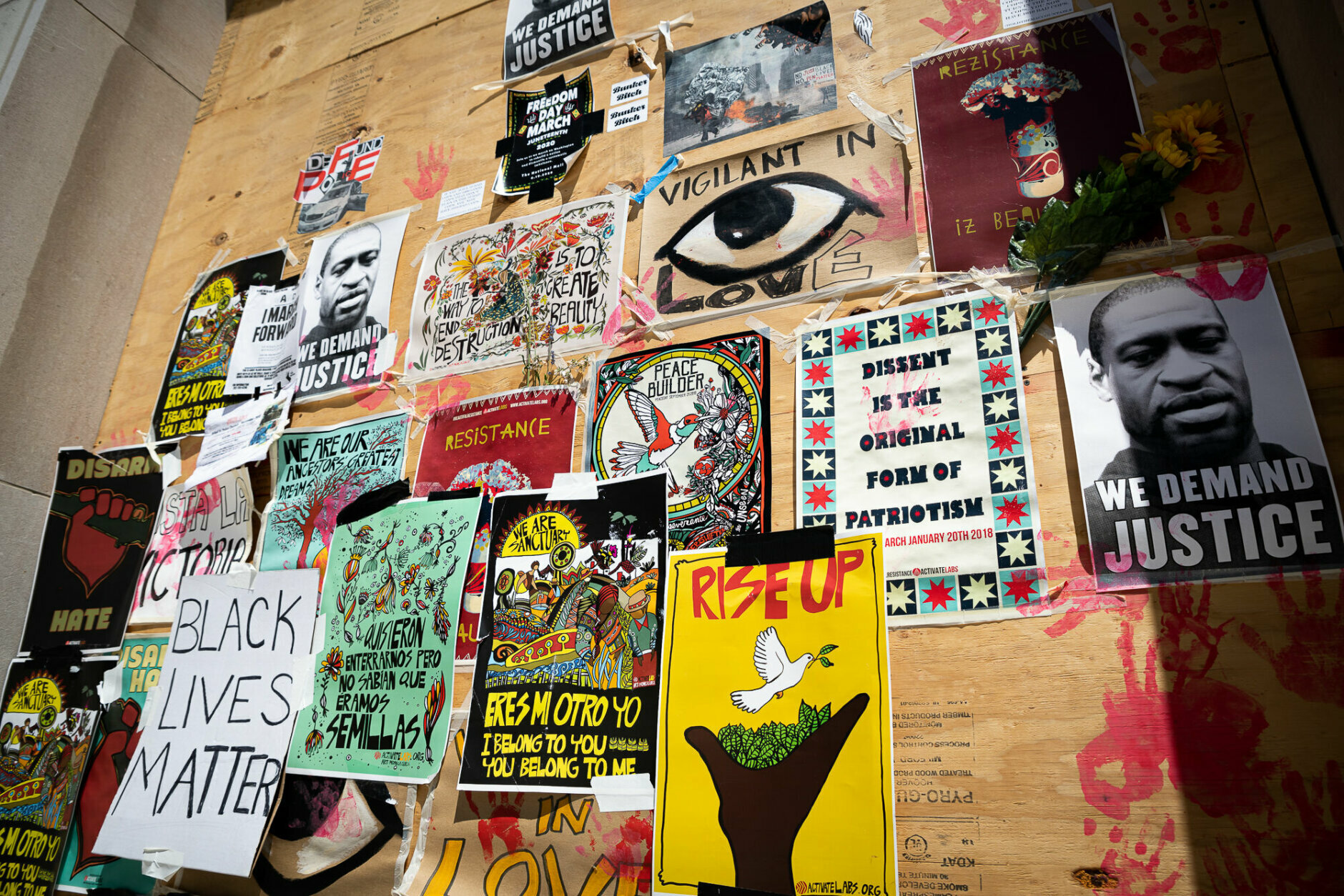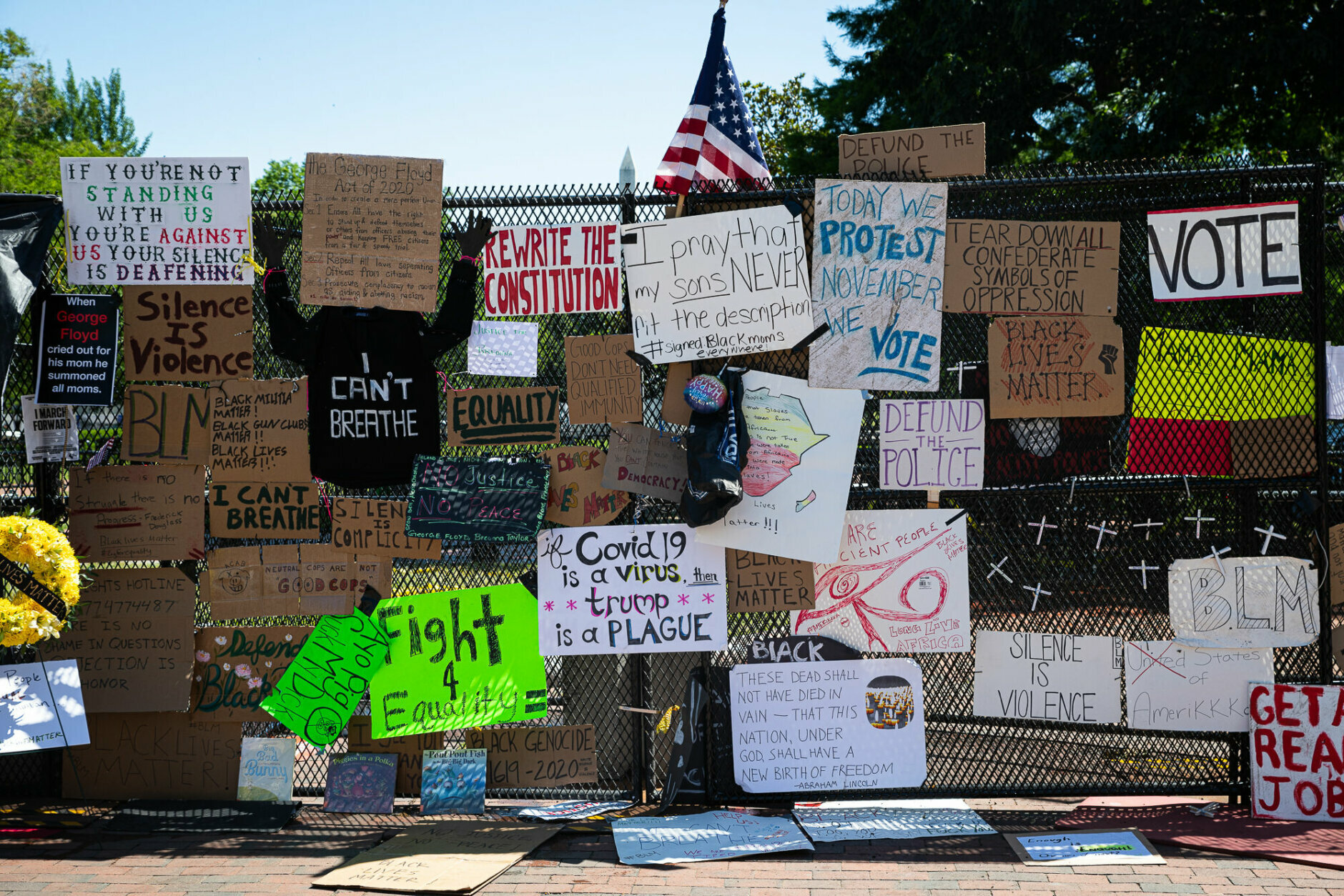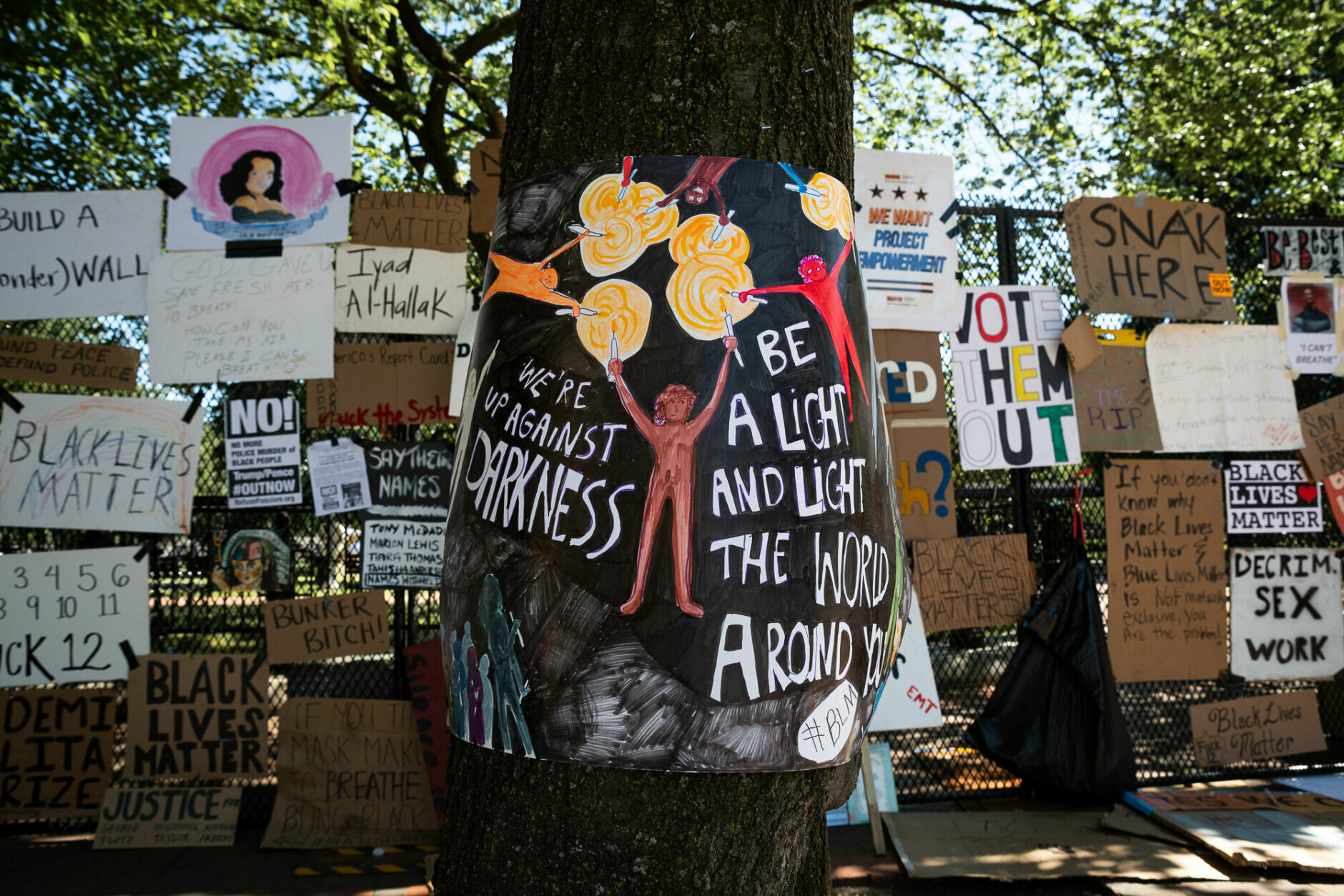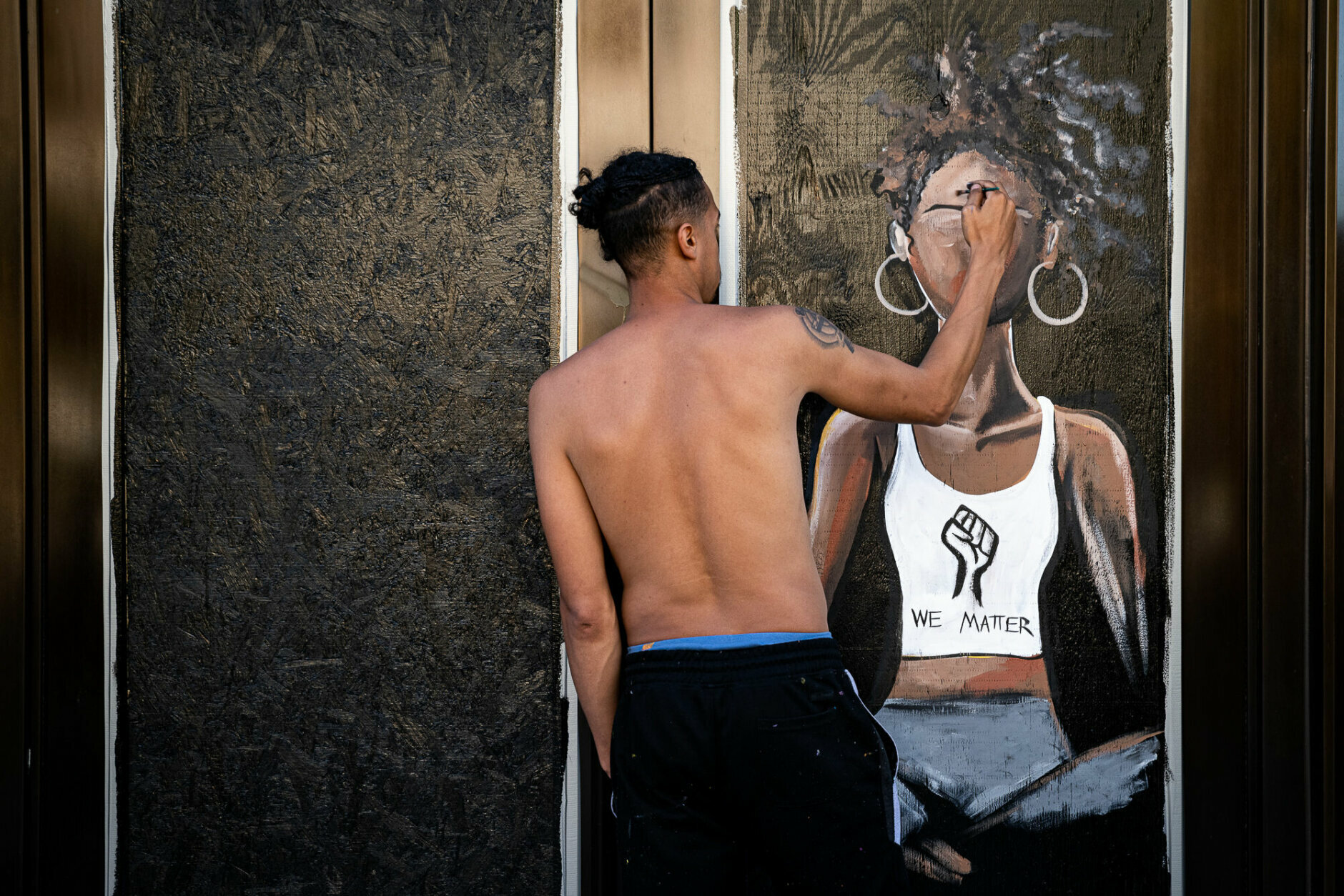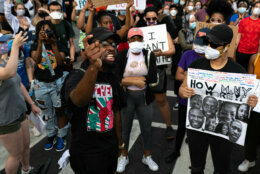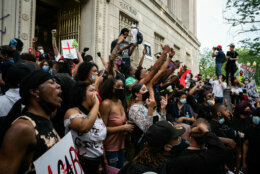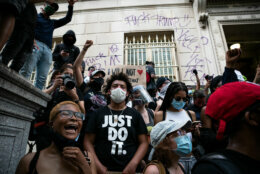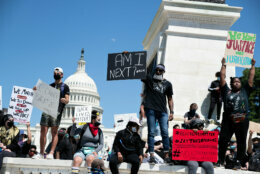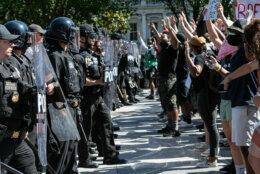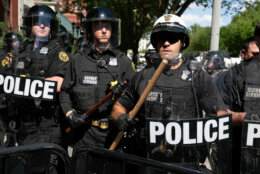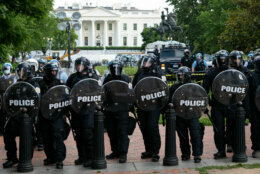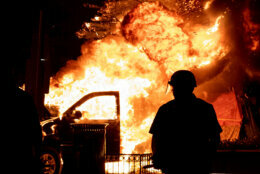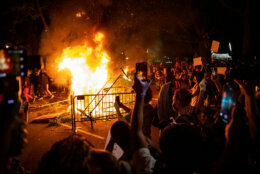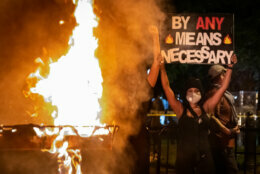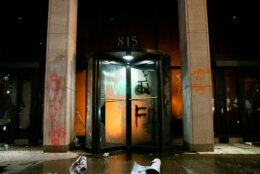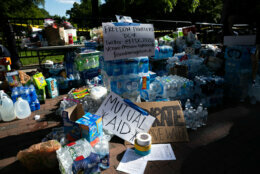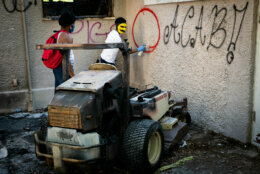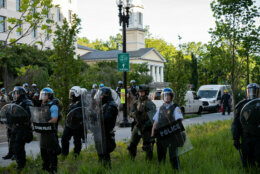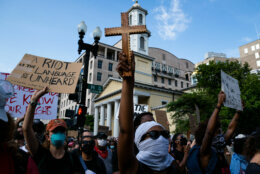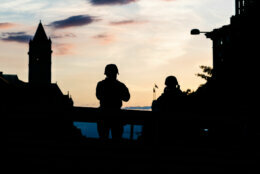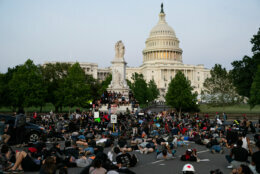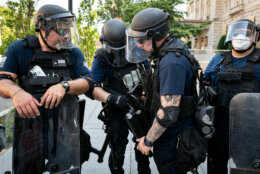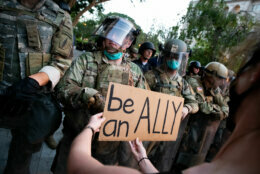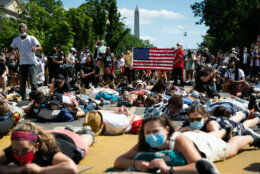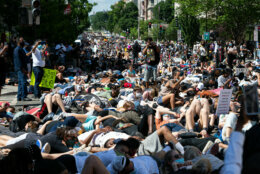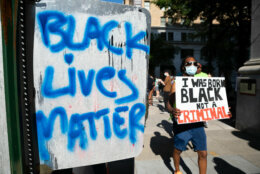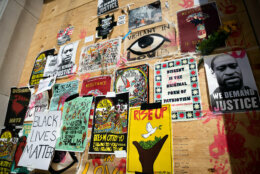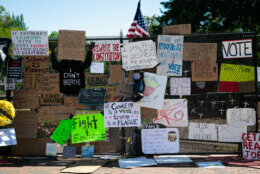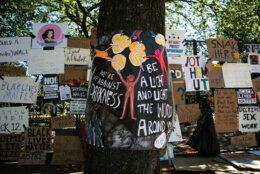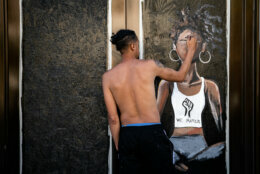The number of Americans enthusiastic about the state of their country has fallen to its lowest level in two decades of measurement, a recent poll suggests, as the country sees scores of deaths from a deadly virus, mass demonstrations over police killings and a deepening fracture along partisan lines.
In Gallup’s annual survey on national pride, 63% of respondents said they were either “extremely” or “very” proud to be an American, at 42% and 21% respectively — representing the lowest share for that answer since the poll’s first results in 2001, and an accelerating decline in national pride after peaking at 92% around 2003.
The poll collected data from May 28 to June 4, which coincided with the death of George Floyd in Minneapolis and the wave of protests against police violence it sparked. Nationwide deaths from the coronavirus also surpassed 100,000 in late May, approaching the total number of American fatalities in World War I.
The same survey also found that only 20% of Americans are satisfied with the way things are going in the U.S. and that President Donald Trump’s approval rating slid to 39%.
Although national pride has been on a gradual decline for two decades, 2020 marks a sixth consecutive year that the number of Americans with high national pride in Gallup’s results has hit a record low.
Republicans have historically been more inclined to feel proud of the country, but the latest data suggest national pride has taken somewhat of a hit among conservatives.
While 67% of respondents identifying as Republicans still reported an extreme feeling of pride for America in 2020, that figure fell nine points compared to last year — the sharpest year-over-year drop in national pride for Republicans since the survey began.
For Democrats, extreme pride stands at 24%, having tanked after the 2016 election. That makes for a 43-point gap between the number of Democrats and Republicans in Gallup’s poll that harbor a high feeling of national pride.
In terms of demographics, respondents who were white, men or over the age of 65 were most likely to have a high level of enthusiasm for their country. Women, people of color and respondents under the age of 29 were the least, reflecting an emerging national conversation around race.



